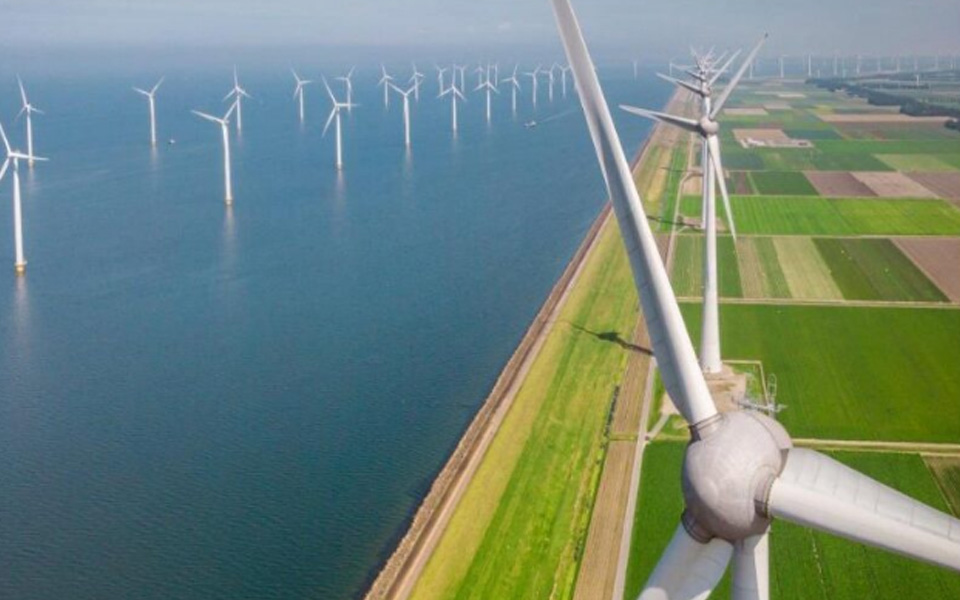Global Wind Turbine Manufacturing & Supply Chain Challenges
How to boost competitiveness and balance risks?
Wind energy it one of the fastest-growing energy sources in the world driven by supportive legislations in the US, the European Union, India and China yet spare capacity is limited and will likely disappear by 2026.

Wind energy is one of the best source to alleviate the pain and challenges of climate change. With the increasing demand of global electricity, which is forecasted to grow by 25% and reach ~30k TWh1) by 2030, development and utilization of wind plus other renewable energy sources are indispensable and have been prioritized by farsighted governments as well as businesses.
The wind industry is facing increasing challenges from geopolitical uncertainties. The Russia-Ukraine war and the ideological clashes among international forces have eliminated globalization efforts. Adding on, the global recession concerns and slowing economic growth in major global markets seem to be the continuing theme of 2023. Given this complex global environment, multiple stumbling blocks are recognized for the wind industry:
- Disruptions to global supply chains are still going on: Uncertainties of raw material accessibility, production and logistic availabilities, price volatility and trade barriers are prevailing. Metals such as aluminum and copper are scarce – not even mentioning rare earth. Besides, unplannable lead times and shortages will continue being a problem for semi-fabricated and finished components, for instance, electrical parts, stators and rotors.
- Global economic slowdown of major economies are expected: According to IMF’s estimation, GDP growth for developed economies is estimated to reach 1.3% in 2023 while 2.8% is the expectation for the global economy. The international investment confidence is uncertain. Energy crisis and high inflation will continue interrupting global wind supply chain and demand.
- Rising China dependency is expected to attract more attention in global supply chain: China has occupied over 50% share in global wind supply chain in terms of both raw materials and major components, such as bearings and pig iron. To balance potential risks, companies must manage their China dependency while utilizing the enormous market and supplier potential.
- The shift of wind supply chain to Asia requires global communication: Considering low-cost advantage, available capacities and easing logistic costs, Asia emerged as concentrated supply chain hub despite regionalized sourcing requirements. Local content requirements are endorsed in many regions which requires extra efforts to understand local regulations and to facilitate sufficient and effective communication with global partners.
For more information & insights please connect to our experts - Uwe Haizmann, Tom Chen, Anup Banapatre, Karl Godderis and Yangyang Liu.




